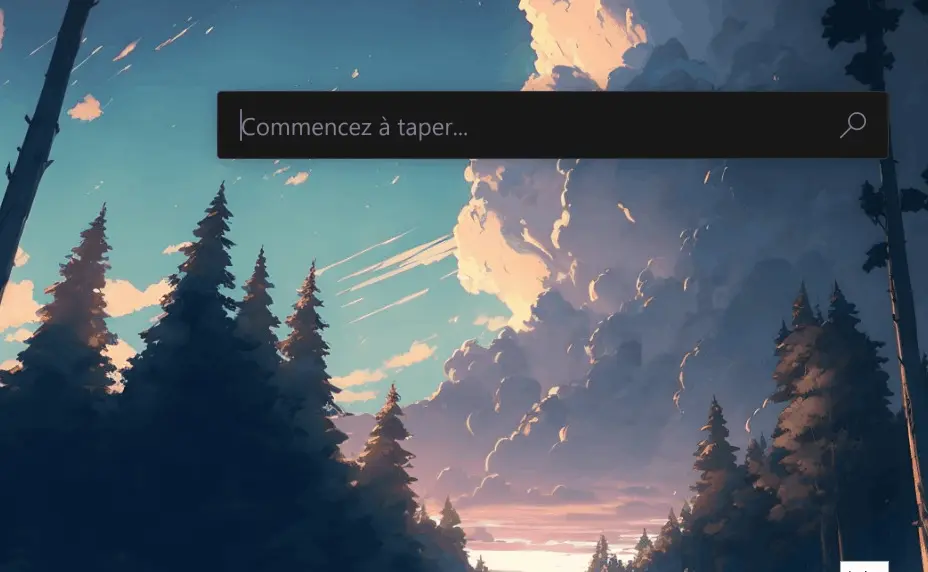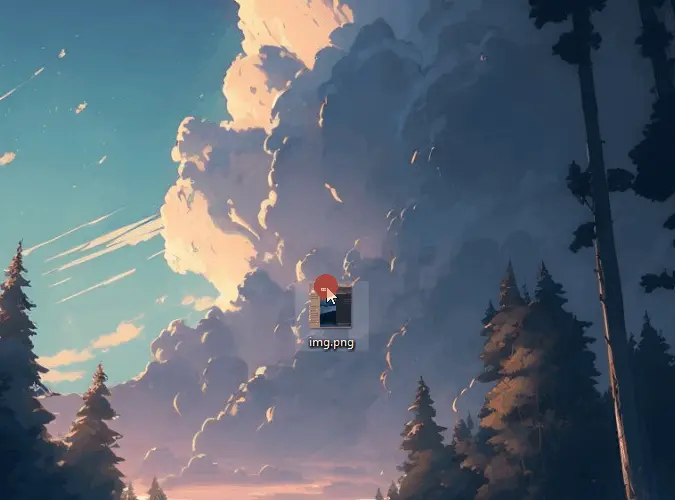
PowerToys, a set of free tools to boost Windows productivity
Summary
Hello Hello ?,
Windows isn't my main operating system, in fact I'm more Linux / macOS, but that doesn't stop me from following what's going on with Windows and using it from time to time.
It has to be said that Microsoft's work over the last few years has been quite remarkable; between the terminal, "WSL 2" and "Powershell", there's plenty to do.
This week, I'd like to talk a little about "PowerToys", a set of tools made available by Microsoft to enhance the Windows experience.
As the name suggests, these tools are mainly aimed at "Power Users" (advanced users).
This follows on from my last article on Arc Browser, a browser designed for power users.
In this article, I'll focus on the tools I'm familiar with.
A global search bar
If you're running macOS, you may be familiar with "Alfred", or its less well-supplied Apple version "Spotlight".
"PowerToys Run" is its Windows equivalent; by default, the keyboard shortcut to access it is "Alt + space", but personally I've replaced it with "Windows + space" so as to have the same shortcut on all systems.
With this bar you can, for example, do a Google search from anywhere on your system:
I'd like to draw your attention here to an interesting point: Microsoft pushes hard for the use of Microsoft Edge (the browser) and Bing (the search engine), but "PowerToys Run" uses your browser and its default search engine.
Here, for example, Google Chrome with the Google search engine opens.
You can also use this global search bar to launch an application,
You can also execute system commands, such as "Stop" or "Restart".
Finally, you can use the built-in calculator, simply type a calculation into the bar to get the result.
"PowerToys Run" alone justifies the installation of PowerToys.
A utility for finding your mouse
If you're a real pro, then you've got at least 8 screens!
More seriously, if your eyesight isn't the best (like me), or if you simply don't want to "find" your mouse, simply press the "CTRL" key on your keyboard twice...
And presto, the PowerToys mouse utility will highlight your pointer for you - ultra convenient.
(If any macOS users are interested in this tool, you can use it on the Mac by shaking your mouse).
Resize images
If you need to quickly resize images, there's a tool for the job in PowerToys.
To find it, right-click on a file in the context menu, and you'll see the "Resize images" button.
Simply select the size you want for your image and click OK.
Your resized image will appear next to the original.
How simple is that?
Copy text from an on-screen image
This is called OCR (the principle of character recognition).
By default, in any application, use the shortcut "CTRL + SHIFT + T", the screen will darken and you can select the part you wish to "scan".
Once you've done that, just paste your text wherever you like.
From what I've been able to test, it always works fairly well.
Renaming several files at once
Now, this is a bit more of a "tech" tool, but it can be useful.
Have you ever had to reorganize and rename files in a folder by hand?
Imagine you've got lots of document pages and you need to rename them as follows:
"document-page-1.doc" "document-page-2.doc".
Then "PowerRename" can help.
You can, for example, use what are known as "regular expressions", which are well known in the code world, but require a learning curve.
With "PowerRename", there are plenty of possibilities, but rather than explain them all here, I refer you to the Microsoft documentation.
Paste plain text
Especially useful when you need to copy text from Word and want to paste it into a website editor.
By default, the "page layout" will be preserved, but the problem is that it will invisibly paste some not-so-clean code into your site.
And therefore affect the display, performance and referencing of your site.
To fix this, paste your text with "CTRL + SHIFT + V" and the text will be pasted without layout.
From there, you'll be able to make your modifications without any problems, and you'll avoid a haphazard layout on your site or blog.
A "host" file editor
Every operating system has what's known as a "local DNS file".
When you're looking for a site (or server) on the Internet, you type in its domain name. For example, "developpeur-freelance.io" is a domain name.
Your system will have to go and ask a "DNS" server: "tell me, do you know who the server is for the address developpeur-freelance.io?"
And the DNS server, if it knows its "IP address", will reply that address to your computer, so you can connect.
The local DNS file allows you to modify this behavior: before asking a DNS server if "it knows the server for this domain name", the system looks in its own "host" file and if it finds a match, it uses it.
The PowerToys "host" file editor allows you to modify this "host" file in a simpler way than modifying it by hand.
(For those of you who are curious, under Windows the host file is located here: "C:\Windows\System32\drivers\etc\hosts")
With the interface, you've got an easy-to-understand list: just click on "add" to add a new entry via a beautiful interface.
Find out which program uses a file
Can't delete or move a file?
No problem, just open the context menu (right-click) and click on "What uses this file?"
A window will then open telling you which "process" is currently using this file, with the option of "terminating the task" in order to close the process and thus release the file in question.
I can't show you a screenshot here, as at the time of writing I don't have a file locked by a process....
Other tools
Above, I've mainly talked about the tools I use a lot, but the PowerToys offer other tools, even if for very personal reasons I don't use them.This list is not necessarily exhaustive, but it gives you an idea of what you can do with PowerToys.
FancyZones
This is a window manager that lets you arrange your windows as you like.
Drag your window to the zone and it will automatically arrange itself.
To take it a step further, there's a layout editor that lets you choose the basic layout you want.
To find out more, take a look at the documentation
Keep the computer running
"PowerToys Awake" is the tool that lets you keep the computer on without having to modify system settings.
Imagine, for example, that you've got a big video file export job to do, and you want to be sure that this job doesn't get interrupted. Activating "PowerToys Awake" ensures that the machine will stay on no matter what.
A ruler on your screen
Quickly measure distances on your screen with "PowerToys Ruler".
The shortcut to activate it is "Win + Shift + M".
Once the tool has been activated, use the interface to select whether you want to measure the vertical or horizontal axis (or both).
Then move your mouse to the point you want to measure, and once you've done so, simply press "echap".
If you've forgotten how to do an accent
French has accents, but not all languages (like English, for example) do.
This is where the "Quick Accent" tool can help.
First, you'll need to activate the tool in the "PowerToys" control panel.
Once the tool has been activated, press the key of the letter you wish to accentuate, e.g. "E", then press space briefly.
An interface with the available accents will appear, and all you have to do is use the arrows to choose the accent you want.
Conclusion
Microsoft's PowerToys add a real plus to Windows.
Personally, when I'm running Windows, I use them all the time (especially the global search bar).
If you're looking for a way to use your computer more efficiently, without spending a cent, give Microsoft's suite a chance.
Have a great week and we'll see you soon?







